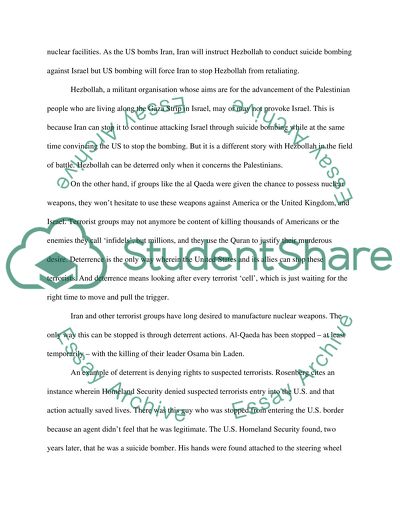Cite this document
(“When a War Ends, There Are No Victors, Only Losers Assignment”, n.d.)
When a War Ends, There Are No Victors, Only Losers Assignment. Retrieved from https://studentshare.org/military/1441223-military-strategy
When a War Ends, There Are No Victors, Only Losers Assignment. Retrieved from https://studentshare.org/military/1441223-military-strategy
(When a War Ends, There Are No Victors, Only Losers Assignment)
When a War Ends, There Are No Victors, Only Losers Assignment. https://studentshare.org/military/1441223-military-strategy.
When a War Ends, There Are No Victors, Only Losers Assignment. https://studentshare.org/military/1441223-military-strategy.
“When a War Ends, There Are No Victors, Only Losers Assignment”, n.d. https://studentshare.org/military/1441223-military-strategy.


